How To Choose The Right Hair Color For Indian Skin Tones
Choosing the right hair color for Indian skin starts with knowing your skin tone and undertone.
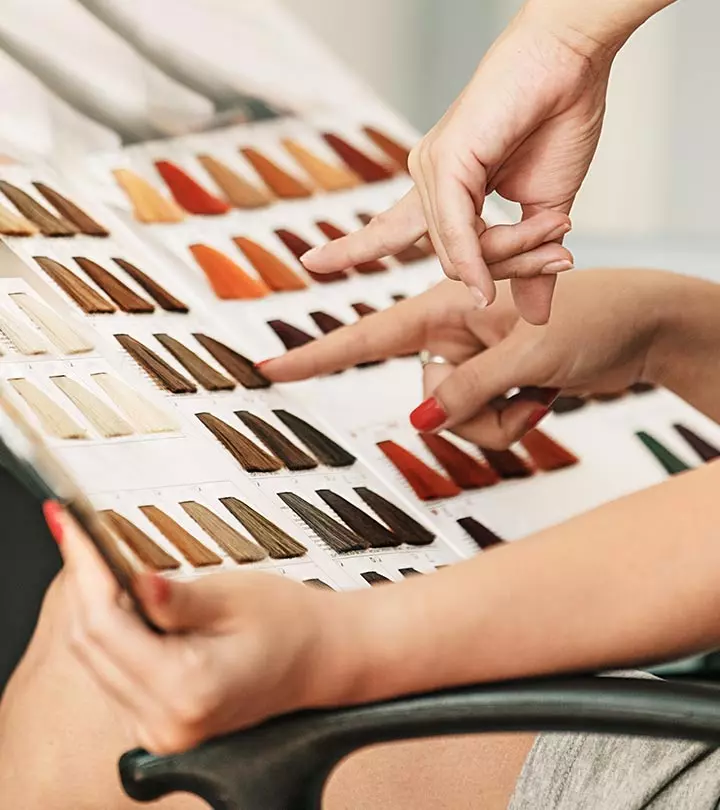
Image: Shutterstock
Hair color is a terrific way to modify your entire image. With a little effort, the correct hair color can add to your beauty and make you look fantastic! But it is important that you choose the right hair color for Indian complexion and the matching skin tones. Hair color for Indian skin tones can be more difficult to figure out than other skin tones. Women are unaware that what works on Western hair may not work on Indian skin tones. How many times have you seen that blonde aunty strolling down the street and gasped in surprise? Another issue that Indian women face is their hesitation to experiment with hair color due to societal expectations.
Anyway, here’s a quick guide to picking the finest hair colors for Indian women to help all those perplexed ladies with drab locks get on the road to fabulous hair! When you can figure out the right cosmetics for your skin tone, you can do the same with your hair! Take a look at these Indian women’s hair color options.
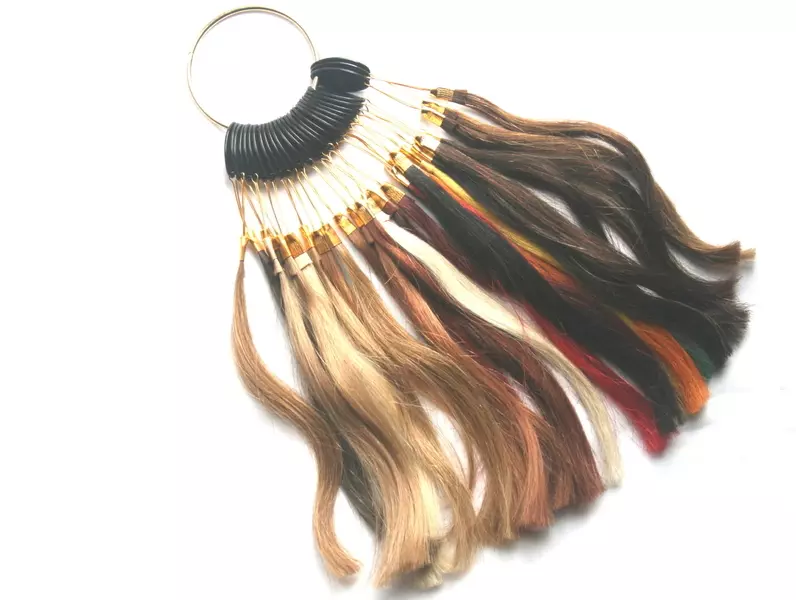
Anyway here’s a little guide on the best hair color for Indian skin women, to give all those confused ladies with blah hair, a ticket to amazing hair! No matter what your skin tone! If you can get your skin tone right for your makeup, you can get it right for your hair too! You should always visit a salon to get a consultation with a professional before experimenting with any DIY coloring to avoid any regrets later on. Check out these hair color ideas for Indian women.
In This Article
How To Know Your Skin Tone And Undertone
Knowing your skin tone can help you determine the best hair color for your skin tone. Here is how you determine your skin tone:
1. White Fabric Test
Hold a white cloth near your face, if your skin looks yellowish, you have a warm skin tone. But if it looks pinkish or a little blue, you have a cool skin tone.
Apart from your skin tone, your skin undertone also plays a key role in choosing the right hair color. Here is how you can determine your undertone.
2. Vein Test
Examine the veins on your wrist. Green veins normally suggest a warm undertone, while blue veins indicate a cool undertone.
3. Jewelry Test
Wear some gold jewelry first. If that perfectly complements your skin tone, then you have a warm undertone. Whereas, if silver jewelry complements your skin, then you have a cool undertone.
4. Sun Test
Spend a little time outside in the sun and see what happens to your skin. If you tan easily and get a nice golden glow, chances are you have a warm undertone. But if you burn quickly instead of tanning, you likely have a cool undertone.
Once you have identified your skin tone and undertone, we can move on to discussing how to choose the hair color accordingly. Keep scrolling!
Key Takeaways
- Choosing the right hair color for Indian skin tones can be challenging as a wide spectrum of skin shades are involved.
- It is important to know your own skin tone to determine the suitability of hair colors. The white fabric test, the vein test, or the jewelry test can help you with it.
- The undertone of Indian skin tones may be warm or cool. Natural hair colors with undertones that match those of your skin tone are ideal.
- If you wish to go for an experimental hair color, opting for highlights or lowlights instead of a hair color for your full head of hair may be your best bet.
Choosing The Right Hair Color For Indian Skin Tone
First things first, you have to know your skin tone. Is it warm or cool? If you turn red and burn in the sun as opposed to tan, you’re probably a cool. If you tan, you’re a warm. Sometimes, figuring out your skin tone can be overwhelming, and you need a professional to help determine it. A hairdresser, a MAC makeup artist or even a BFF with a good eye for color can help!
1. Natural Color
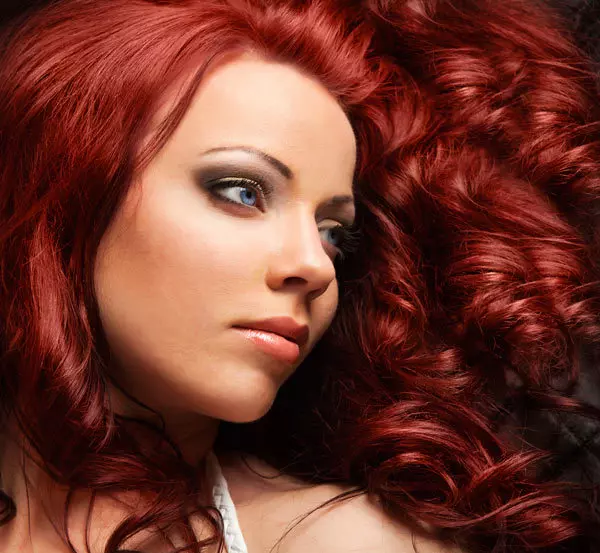
When it comes to natural colors, browns, reds and burgundy is favored for Indians. The undertone of the skin is very important when you choose a color. If you’re very yellow, you don’t want an ashy brown or gold, you will look jaundiced. Same goes for beauties that tend to go very red, if you choose red hair, you may look like a tomato! Definitely not a good look! The best hair color shades for Indian skin is one that doesn’t work against their skin tone.
- Fair Skin Tones: Go for chestnut brown, caramel, or honey blonde highlights.
- Medium/ Olive Skin Tones: Shades like mahogany, auburn, or espresso brown work well.
- Deeper Skin Tones: Deep chocolate brown, mocha, or rich burgundy will complement beautifully.
 Quick Tip
Quick Tip2. Brown
Brown is probably the safest color you can go for. Again, go according to your skin. If you’re cooler, go for colors like mahogany. For warm skin, go for ash brown. You can check out different shades of brown hair color to understand the differences and pick the perfect hue for your skin tone.
- Fair Skin Tones: Honey brown or caramel brown works great.
- Medium/ Olive Skin Tones: Try warm chestnut or espresso brown.
- Deeper Skin Tones: Dark chocolate brown is perfect.
3. Burgundy
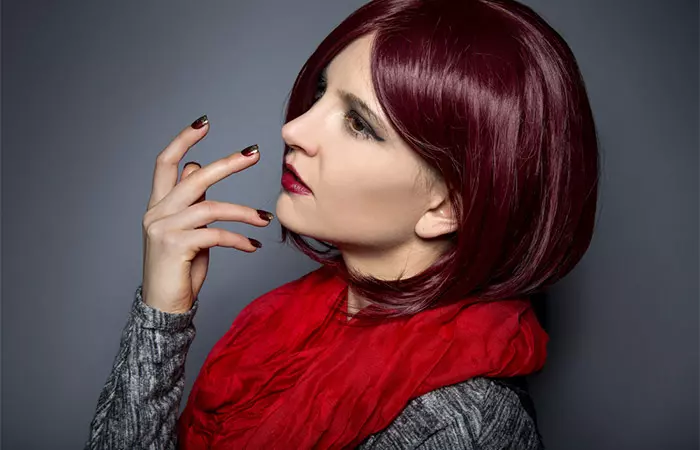
A very popular color that will look best on olive and yellow skin tones. It will suit darker girls.
4. Red
Red is tricky, there are a lot of shades in just red! If you’re fair go for a lighter red or copper. Not orange! Olive girls will look best with blue based reds which are darker. If you have very red skin, try to stay away from red hair colors, as it will be an overdose of ruddiness.
- Fair Skin Tone: Copper red looks stunning on fair skin.
- Olive Skin Tone: Wine red or deep crimson complements olive skin.
- Deeper Skin Tone: Dark cherry red is a great match for deeper skin tones.
 Fun Fact
Fun Fact5. Golden
A full head of blonde is not a winning look; it can make dusky women as well as olive-skin-toned ladies look very pale and sickly, even if they are fair. Cool-skinned fair girls can pull it off, but it requires a lot and isn’t something that can be easily done at home! The best way to wear golden is with some brown tones and usually in streaks or highlights. Don’t go full gold. Not only is the gold “color” not flattering, but it is also mostly bleach and very harmful for hair.
6. Black
Pure black is a no-no. Black makes your features appear harder and more haggard. It will look like a wig. Go for a dark brown instead.
Lowlights And Highlights For Indian Black Hair
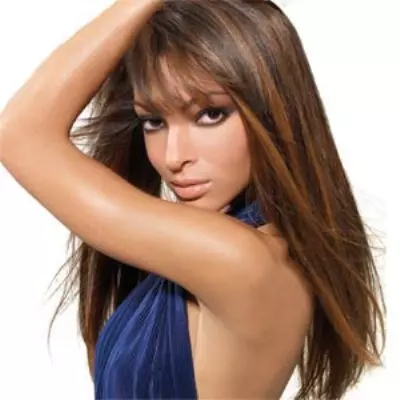
If you go for all over hair color, do consider highlights or lowlights. Not more than one or two shades lighter/ darker than your color. They add realism and dimension to the hair. Our hair is actually made of many different pigments, if you hold up your natural hair against the sun; you’ll see what I mean. Hair color removes this “natural look” by adding one solid pigment. If you add a blend of highlights/ lowlights can add softness and dimension to your hair.
Unnatural colors
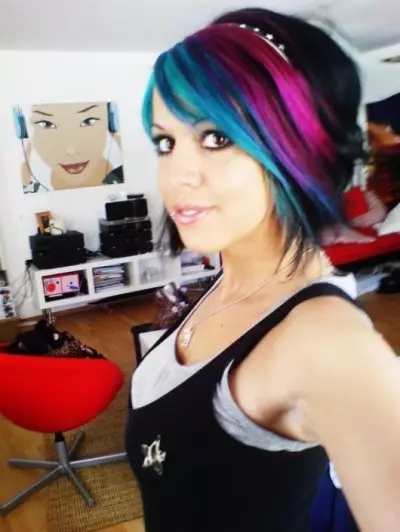
When deciding to choose the right hair color for Indian skin tones, it’s important to note that unnatural shades haven’t been widely embraced in India. If you want to experiment, thin streaks or subtle highlights may be your best bet. Purples, plums, fiery reds, vibrant oranges, and pastel pink are some of the good hair colors for Indian skin that you could try on. These options are so popular, align with current hair color trends, and can complement your natural look.
There are so many gorgeous hair colors to keep your hair look refreshing and stylish! You can choose any of the colors above to suit your skin color and mood. And if you want to keep the color looking fresh and vibrant for months to come, follow the care tips mentioned below.
Aftercare Tips For Colored Hair
- Use sulfate-free shampoos to preserve color vibrancy.
- Apply deep conditioning treatments to nourish colored hair.
- Avoid excessive heat styling to prevent damage.
- Get regular trims to maintain healthy-looking hair.
- Protect hair from sun exposure and harsh chemicals.
Satshya, an Indian content creator and lifestyle blogger, has tried multiple hair colors at different points in her life and writes, “It’s so much fun experimenting with different colors, and I whole-heartedly encourage anyone who wants to do it. It’s hair – it grows, it fades, it falls. Make it colorful while it lasts (i).”
Infographic: Most Suitable Natural And Unnatural Hair Colors For Indian Skin Tones
Rosemary is a famous plant. We all are familiar with its culinary, aromatic, and esthetic importance. But did you know that this sweet-smelling and gorgeous-looking plant is available in over 100 varieties? In the infographic below, we list 8 of those varieties that are popular globally. Take a look.

Illustration: StyleCraze Design Team
Most people think that Indian skin color is just one shade: dark. Indians have olive, fair, medium, and dark skin. Picking a hair color for Indian skin may seem tough, but with a little help, it can be easy to figure out. You need to think about your surface skin tone and your undertone. Remember that warmer colors suit warm undertones, like golden, honey, light browns, and pinks. And, likewise, cooler colors work better with cool undertones, such as deep browns, ashy and deep blondes, purples, and blues. If there is a particular color you like, talk to a hair colorist as they can help you find a warmer or cooler alternative. You can experiment with subtle or contrast colors. Keep this hair color guide handy the next time you want to color your hair.
Frequently Asked Questions
Is it safe to dye my hair at home?
Yes. As long as you follow the instructions carefully and do a patch test to avoid allergic reactions, it should be safe to dye your hair at home. For complex colors or bleaching, it is safer to consult a professional.
What is global hair color?
Global hair color is a hair coloring method where you dye all your hair a particular color from the roots to the tips uniformly.
Does artificial hair color damage hair?
Yes. The chemicals present in hair dyes damage the natural protein and lipids present in the hair strands. It also alters the hair cuticle’s structure.
Which hair color is best for the first time?
Choose a hair color that is 1-2 shades lighter than your natural hair color so as to minimize hair damage.
Illustration: How To Choose The Right Hair Color For Indian Skin Tones
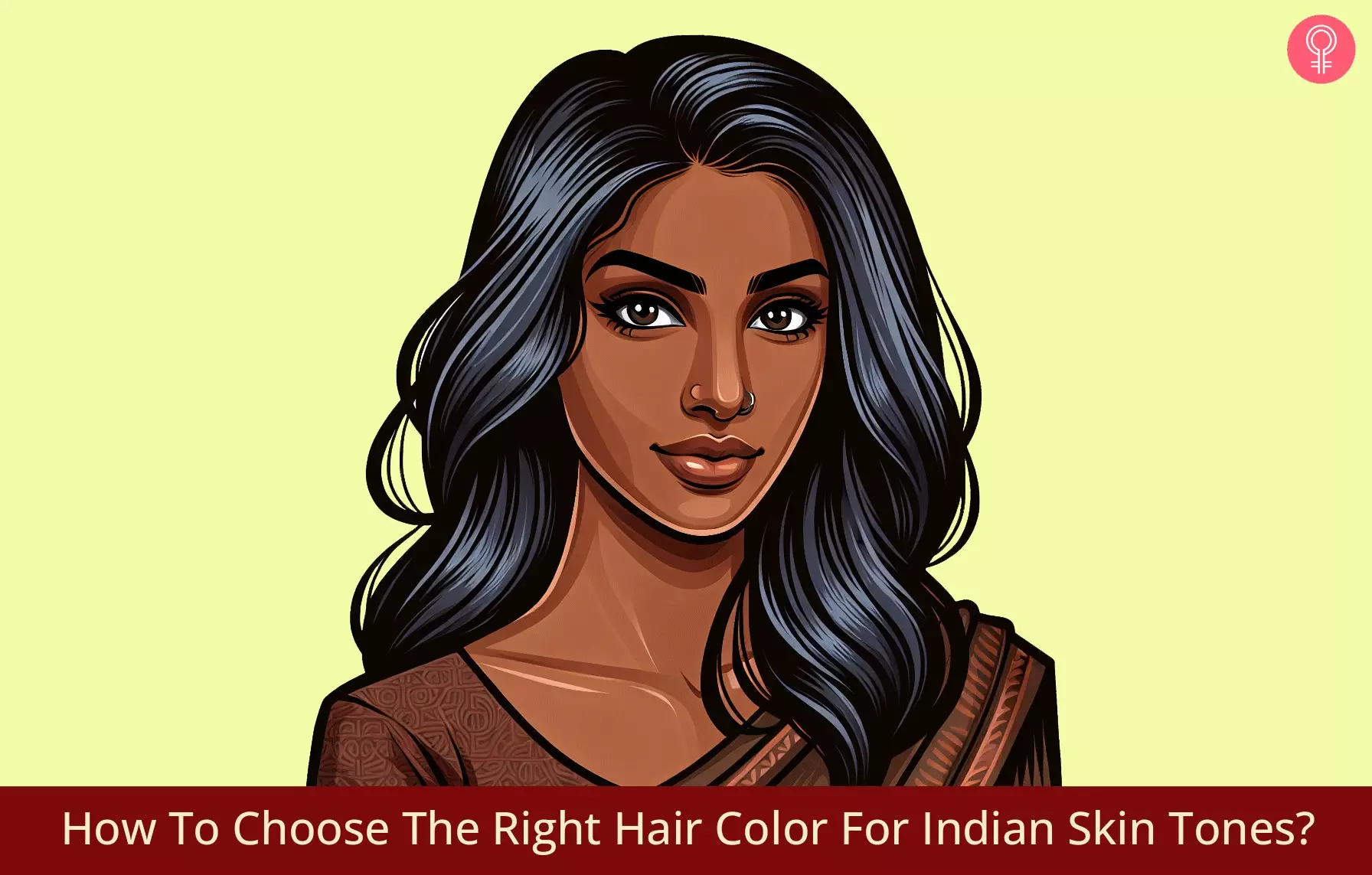
Image: Stable Diffusion/StyleCraze Design Team
Discover the best hair color shades for Indian skin tones and pull together a flawless look! Learn how to choose the perfect color for your hair.
Personal Experience: Source
StyleCraze's articles are interwoven with authentic personal narratives that provide depth and resonance to our content. Below are the sources of the personal accounts referenced in this article.
i. Dye Another Day: My 5-Year Hair Colour Journey (and more to come!)https://satshyatharien.com/2017/05/10/dye-another-day-why-you-shouldnt-be-afraid-to-experiment-with-hair-colour/
Read full bio of Madison Dufour
Read full bio of Jyotsana Rao
Read full bio of Subhrojyoti Mukherjee
Read full bio of Anu Pallavi






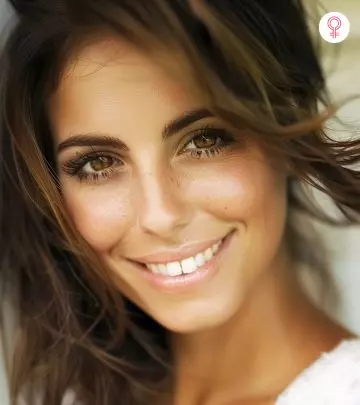
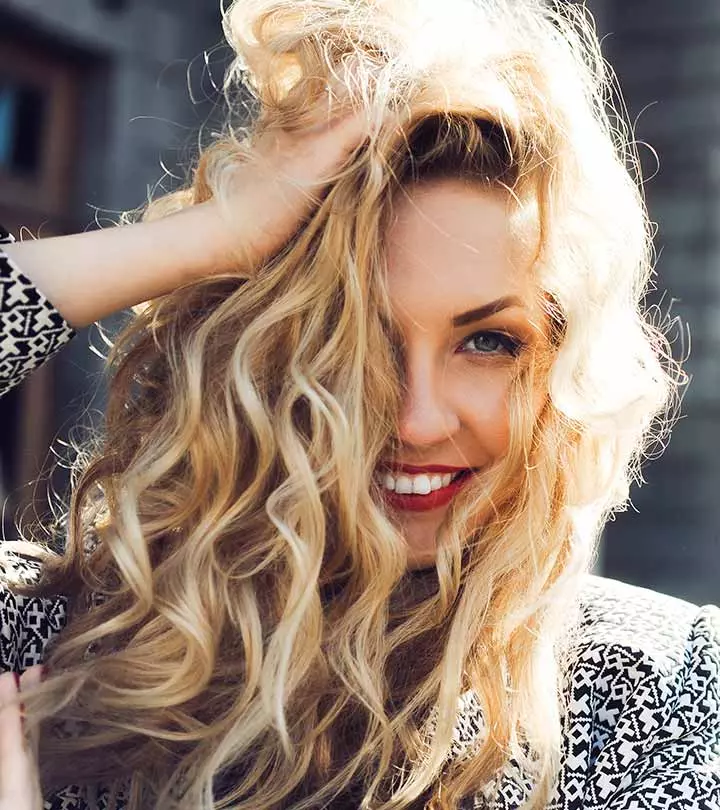
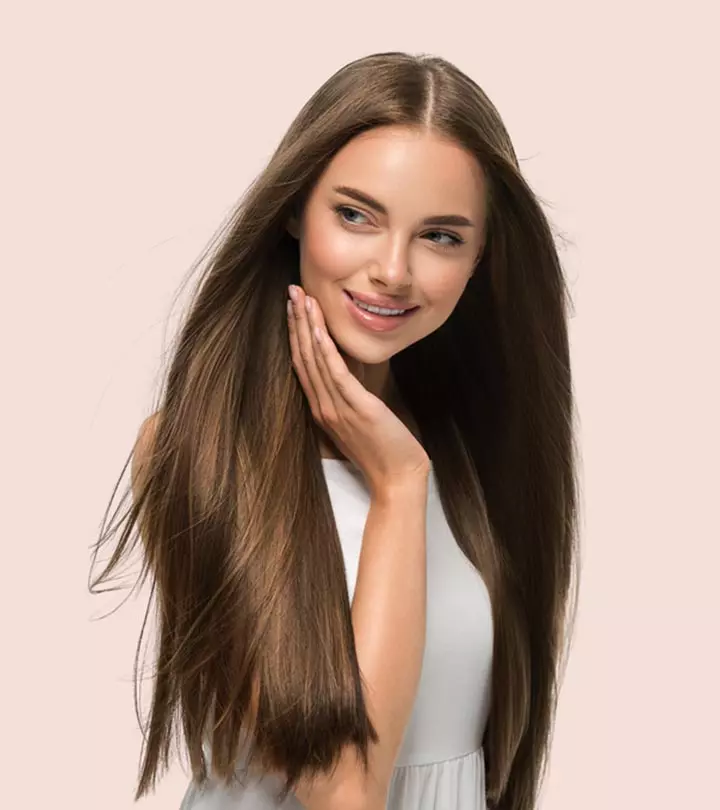
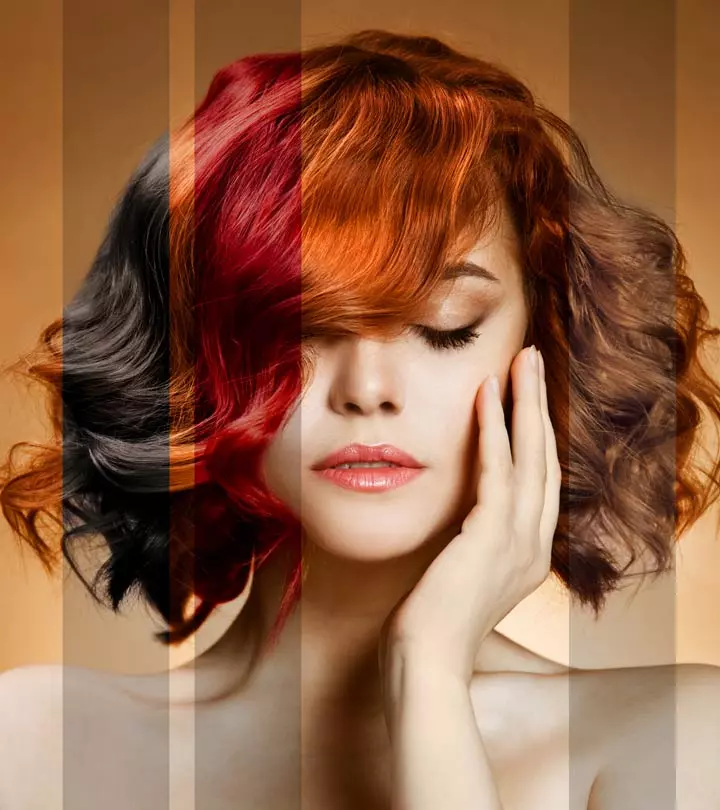
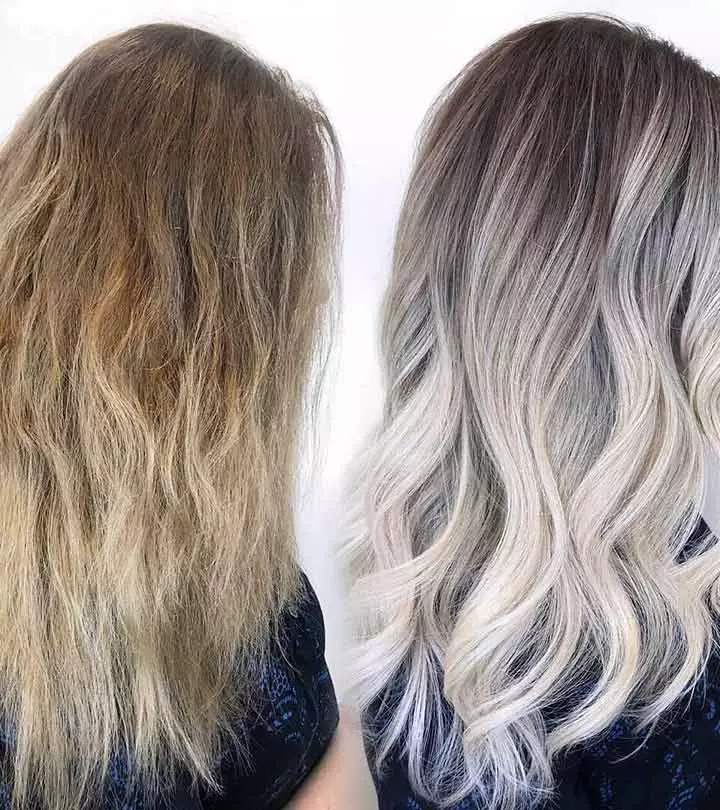
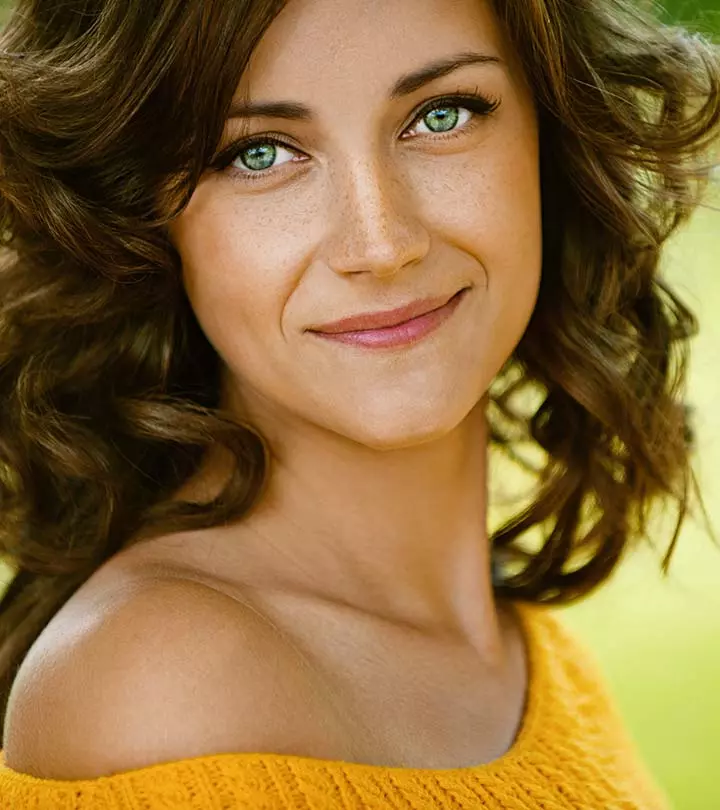

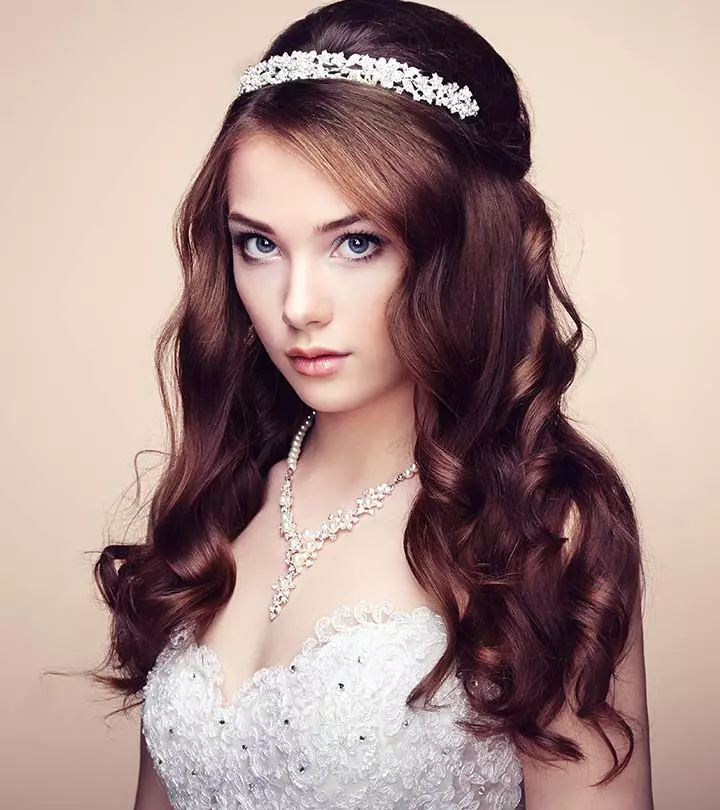
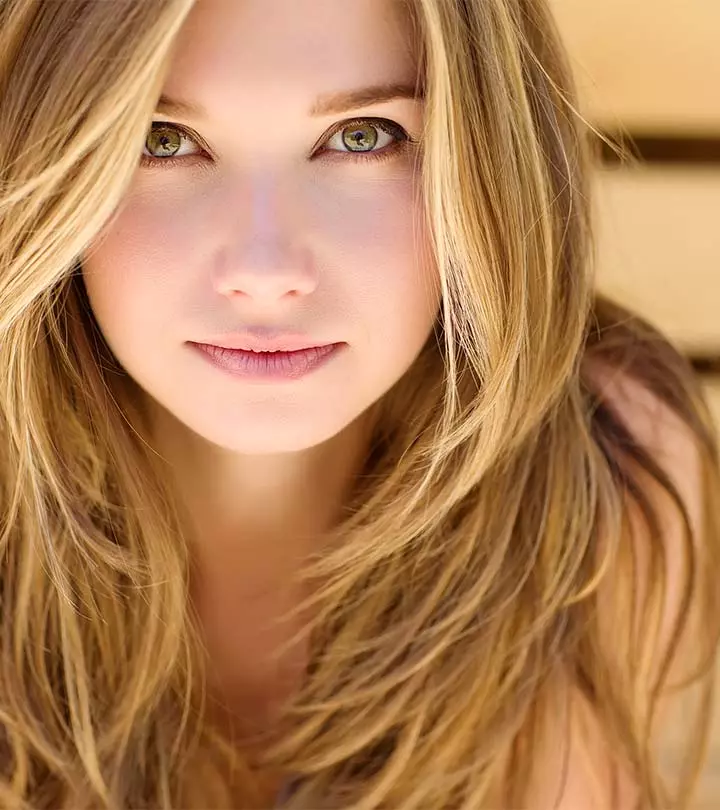
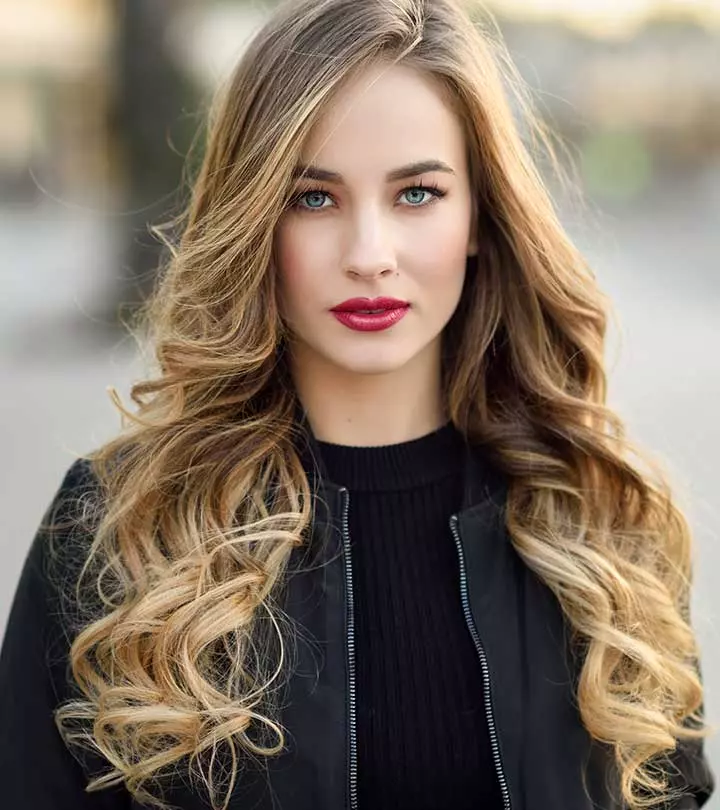
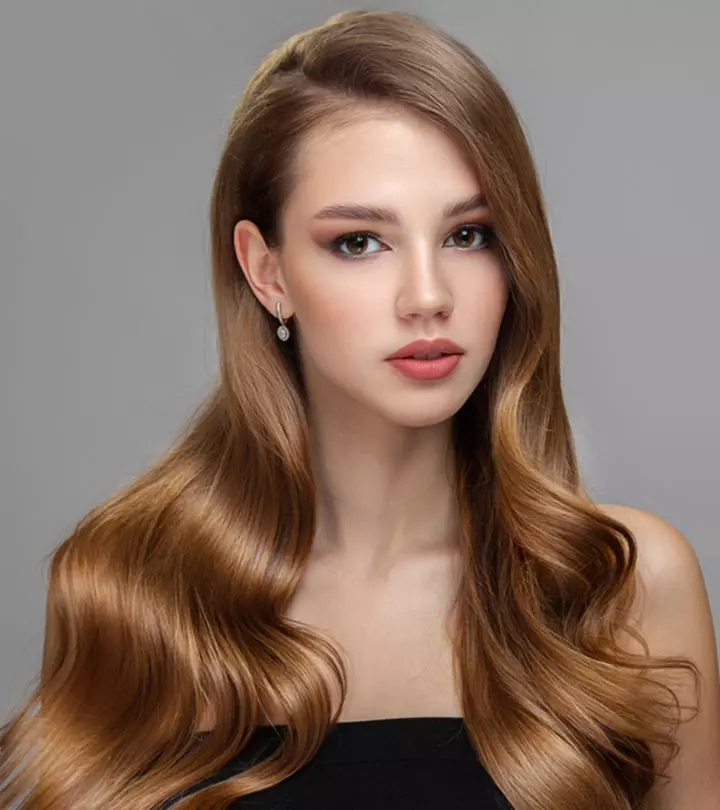
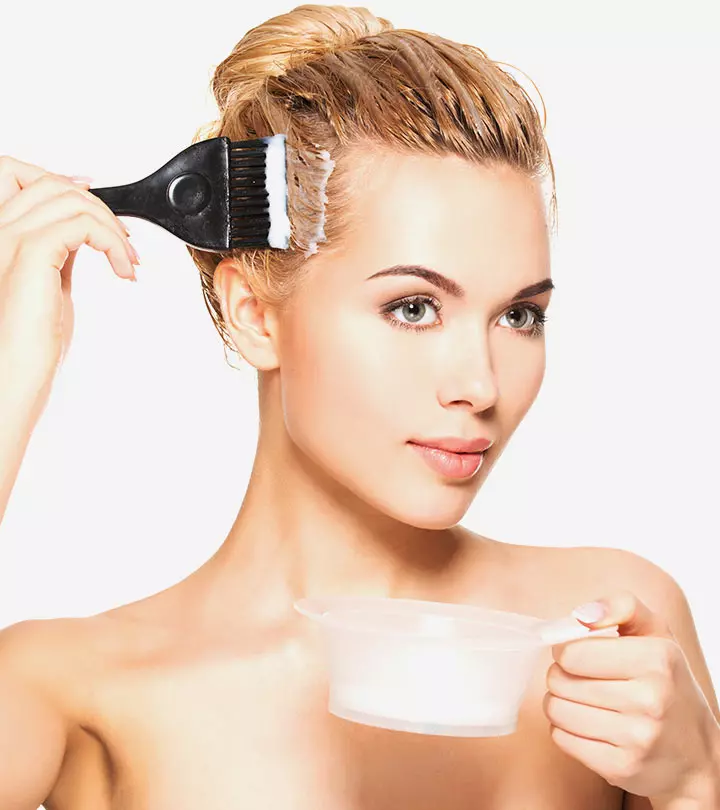
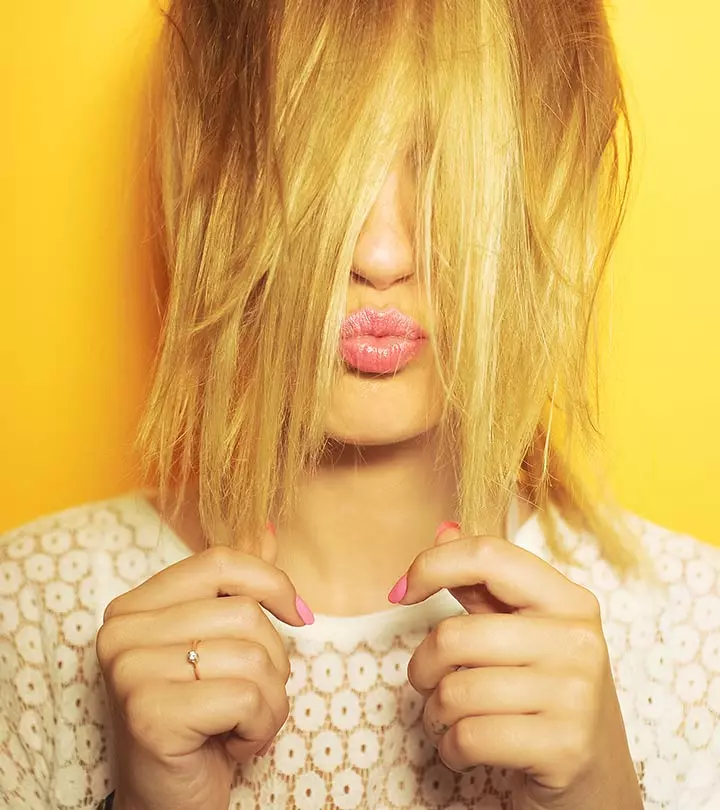
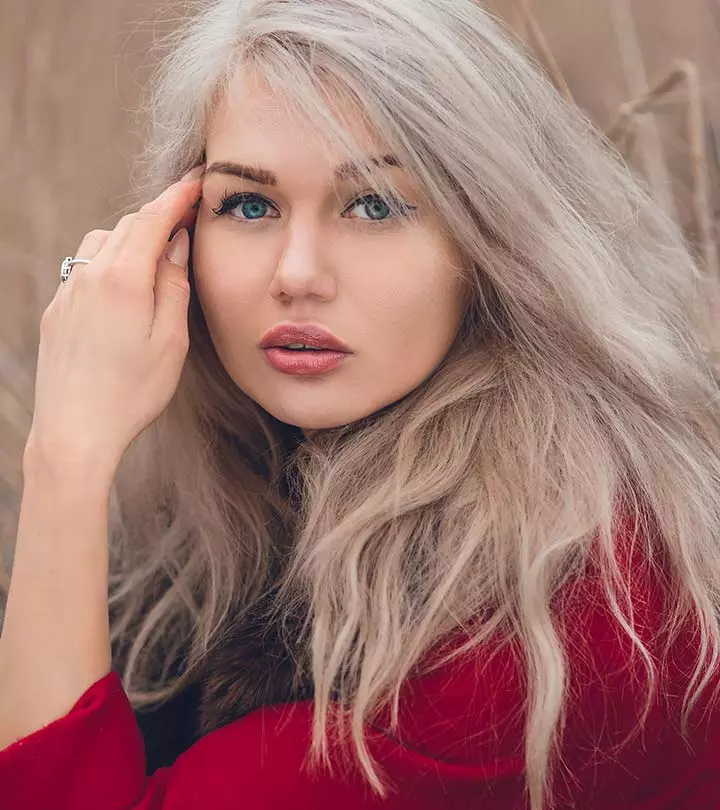
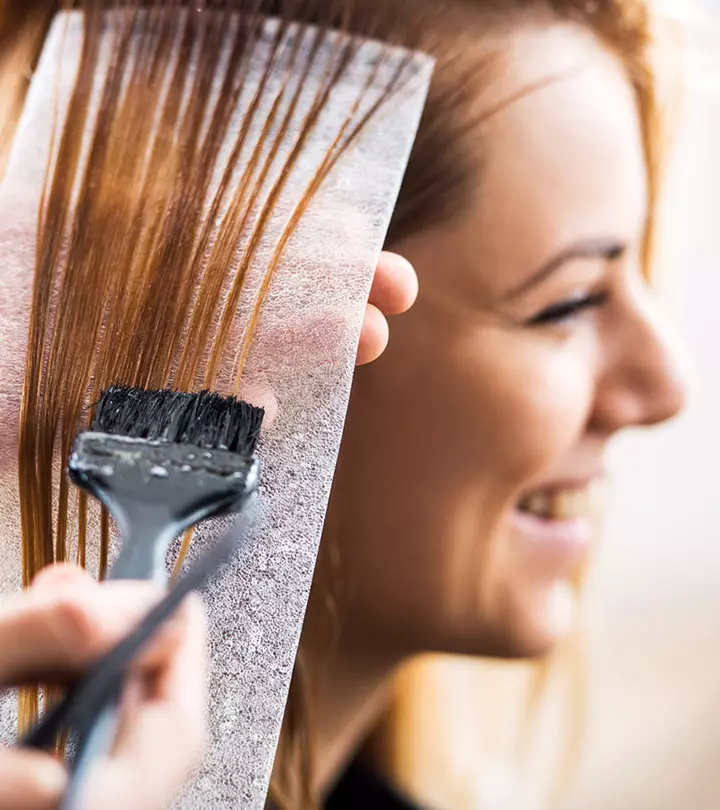
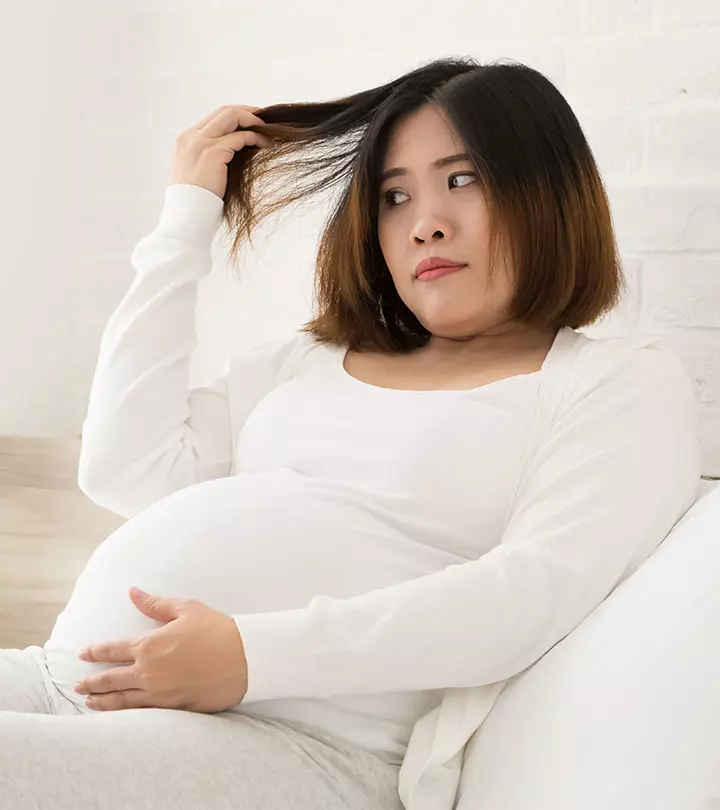
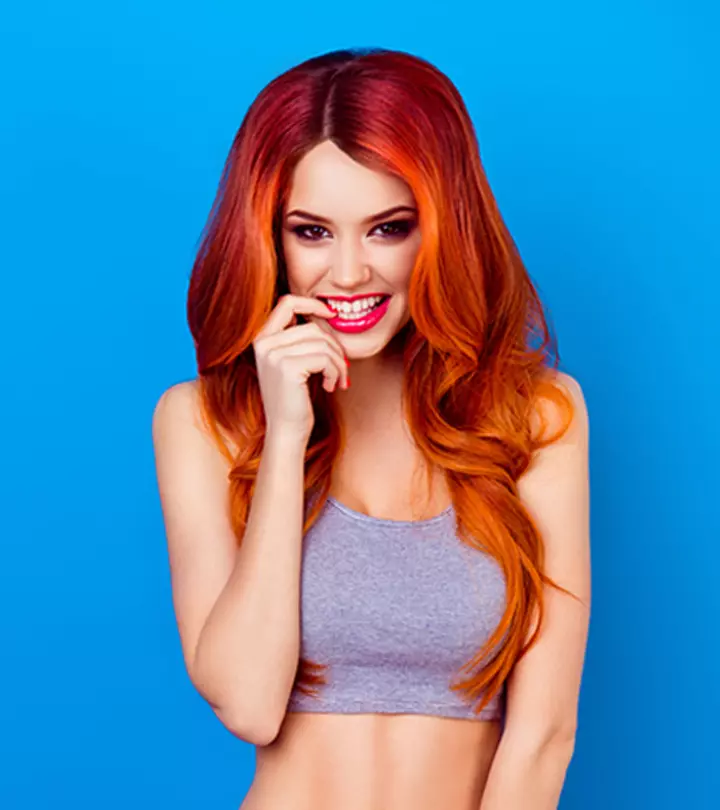
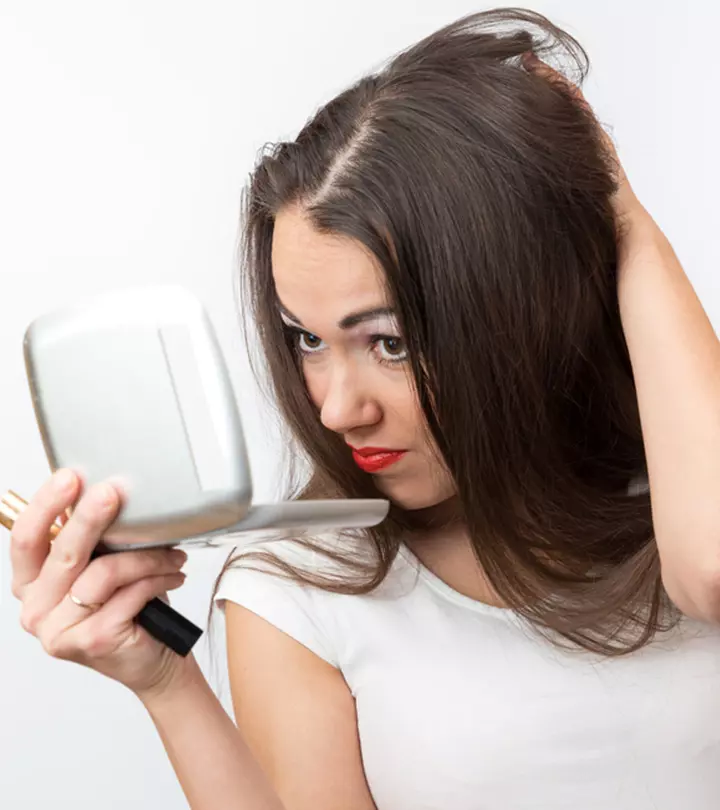
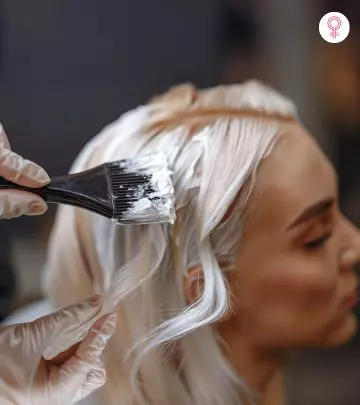
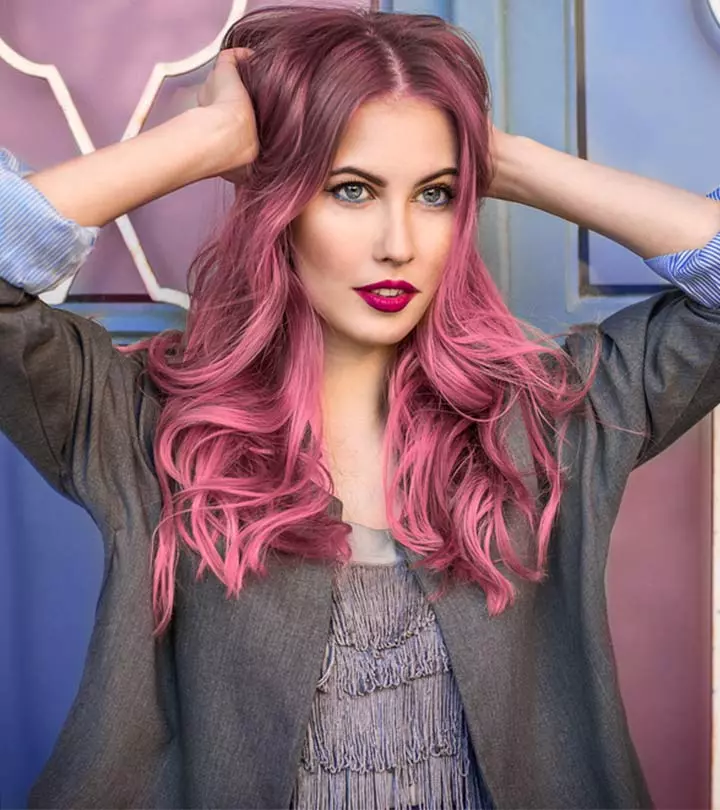
Community Experiences
Join the conversation and become a part of our empowering community! Share your stories, experiences, and insights to connect with other beauty, lifestyle, and health enthusiasts.